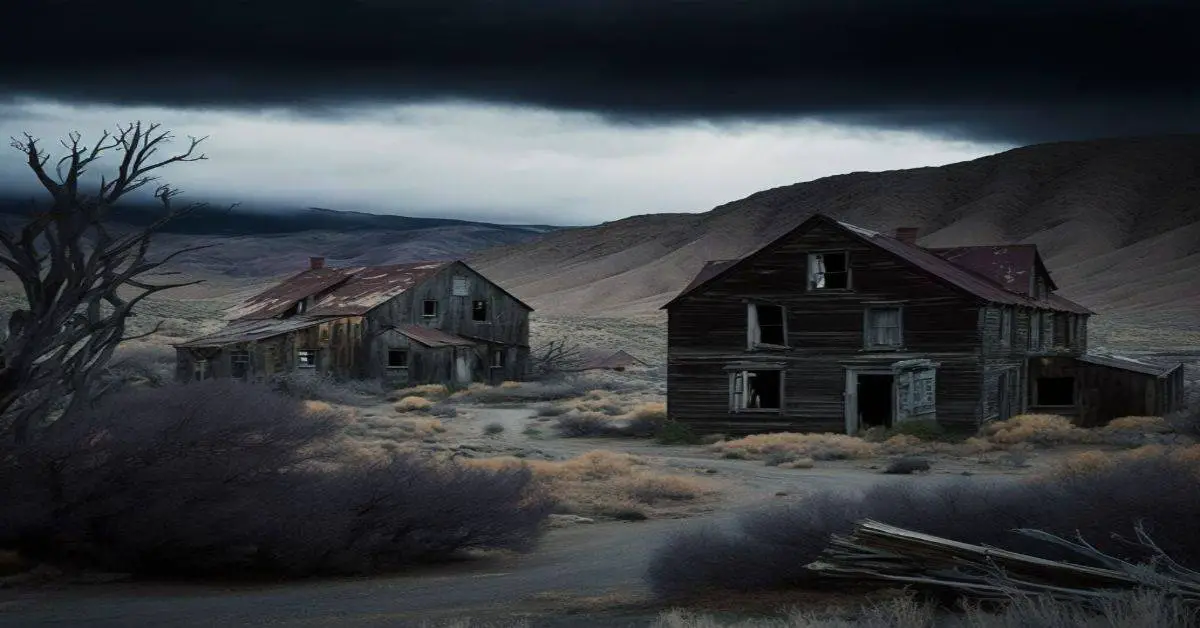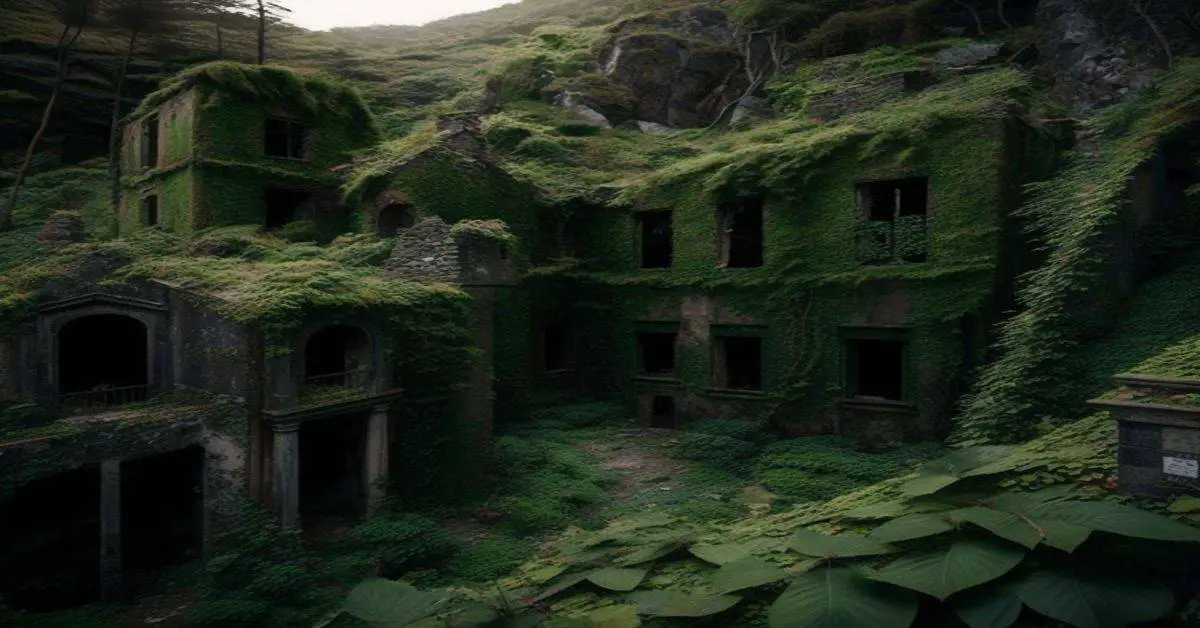Nestled in the rugged terrain of central Nevada, lies the ghost town of Eureka – a remnant of the state’s rich mining history.
The town’s story began in 1864 when lead-silver deposits were discovered, leading to a surge of population that peaked at nearly 10,000 residents.
Eureka became a hub of mining activity, producing millions of dollars in silver and gold and even attracting the railroad in 1875.
However, Eureka’s fortunes were short-lived, and the town declined as the mines eventually closed.
Today, Eureka stands as a testament to Nevada’s mining past, with its remaining buildings and museum offering a glimpse into a bygone era.
Visitors can explore the town’s streets, searching for hints of its former glory.
The town’s remnants offer a unique and fascinating window into the past, evoking a sense of nostalgia for a time when Eureka was a bustling community filled with prospectors, miners, and merchants.
In this article, we will delve into the history of Eureka, Nevada, explore its remnants and attractions, and provide a guide for visiting this captivating ghost town today.
Key Takeaways
- Eureka is a historic ghost town in central Nevada with a rich mining history dating back to 1864.
- The town produced millions of dollars in silver, gold, and lead, including the Ruby Hill mine which is now on private property.
- Despite the mining industry’s decline, several historic buildings and landmarks remain in Eureka, Nevada, including the Eureka Sentinel Museum and the Eureka Opera House.
- Today, Eureka’s economy is primarily driven by tourism opportunities, with the town’s museum of mining history offering a glimpse into its past and drawing visitors from all over the world.
History and Discovery
The history of Eureka as a mining community of significant importance to Nevada began in 1864 when lead-silver deposits were discovered. This led to a boom until the town’s peak population of 9,000 in 1878.
The discovery of bi-metallic ore required refining methods not yet developed, leading to a significant economic impact on the town. Eureka produced $40 million in silver, $20 million in gold, and 225,000 pounds of lead.
The town’s importance to Nevada was further solidified when the railroad arrived on Friday, October 22, 1875, opening up new opportunities for trade and commerce.
The discovery methods used in Eureka were critical to the town’s growth and success. The town’s boom relied heavily on the mining industry, and new techniques were developed to extract the precious metals from the bi-metallic ore. The refining process was a significant challenge, but it ultimately had a significant economic impact on the town.
Despite the decline of the mining industry and the eventual abandonment of Eureka, the town’s historical significance endures. Eureka serves as a reminder of the vital role mining played in the development of Nevada and the American West.
Remains and Attractions
Several buildings can still be found in Eureka, while the Ruby Hill mine, which produced millions of dollars in silver, gold, and lead, is now on private property and requires permission to enter due to Hantavirus concerns. The town’s remaining buildings include the Eureka Sentinel Museum, which showcases the town’s mining history through exhibits and artifacts.
Visitors can explore the ruins of the old buildings and see what life was like during the town’s heyday. Aside from the museum, visitors can also check out the historic Eureka Opera House, built in 1880 and restored to its former glory.
The town’s cemetery is also worth a visit, as it contains the graves of many of its early residents, including miners and their families. In addition, visitors can take a self-guided walking tour of Eureka to see the town’s remaining historic buildings and landmarks.
Overall, exploring Eureka’s ruins and mining artifacts offers a fascinating glimpse into Nevada’s rich mining history.
Visiting Eureka Today
One can experience a journey through time by exploring the remnants of Eureka’s mining history and witnessing its enduring legacy. While the town no longer boasts a population of 9,000, it remains a significant site for mining enthusiasts and history buffs.
The Ruby Hill mine, located on private property, was once one of the town’s main sources of silver, gold, and lead. However, due to the presence of Hantavirus, access to the mine is restricted.
Tourism opportunities primarily drive Eureka’s current economy. Visitors can explore the town’s mining history museum, which offers a glimpse into the past through its exhibits and artifacts. Additionally, the town’s few remaining buildings serve as a reminder of the community that once thrived in the area.
While the town may not be as bustling as it once was, its rich history and enduring legacy continue to draw visitors worldwide.
Frequently Asked Questions
What is the current population of Eureka, Nevada?
Eureka’s population statistics and demographic trends are not available since it is currently considered a ghost town. However, historical records show that the town peaked at 9,000 people in 1878 during the silver and gold mining boom.
Are there any ghost sightings or paranormal activities reported in Eureka?
No reports exist of haunted places or supernatural experiences in Eureka. The town is mainly a mining history museum with a few buildings and the Ruby Hill mine inaccessible due to Hantavirus.
What was the largest mine in Eureka, and is it still operational?
The largest mine in Eureka was the Ruby Hill Mine, which produced gold and silver. Barrick Corp. owns it and is on private property, requiring permission to enter. Its history and geology have had significant economic impact, but its sustainability is uncertain.
Are there any hiking trails or outdoor activities available in Eureka, Nevada?
Hiking trails with scenic views and opportunities for outdoor recreation and wildlife sightings are available near Eureka, Nevada. However, it should be noted that the town itself is primarily a historic mining community with few remaining buildings.
What is the closest city or town to Eureka, and how far away is it?
The closest town to Eureka is Austin, which is approximately 70 miles away. Accommodations and transportation options are limited. Austin is also a historically significant mining town with remnants of its boomtown past.


